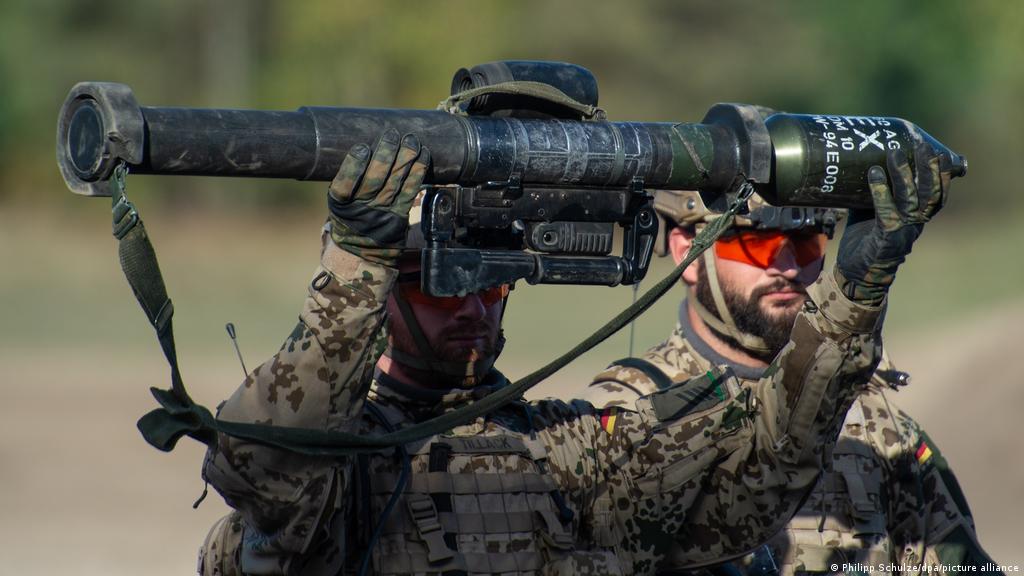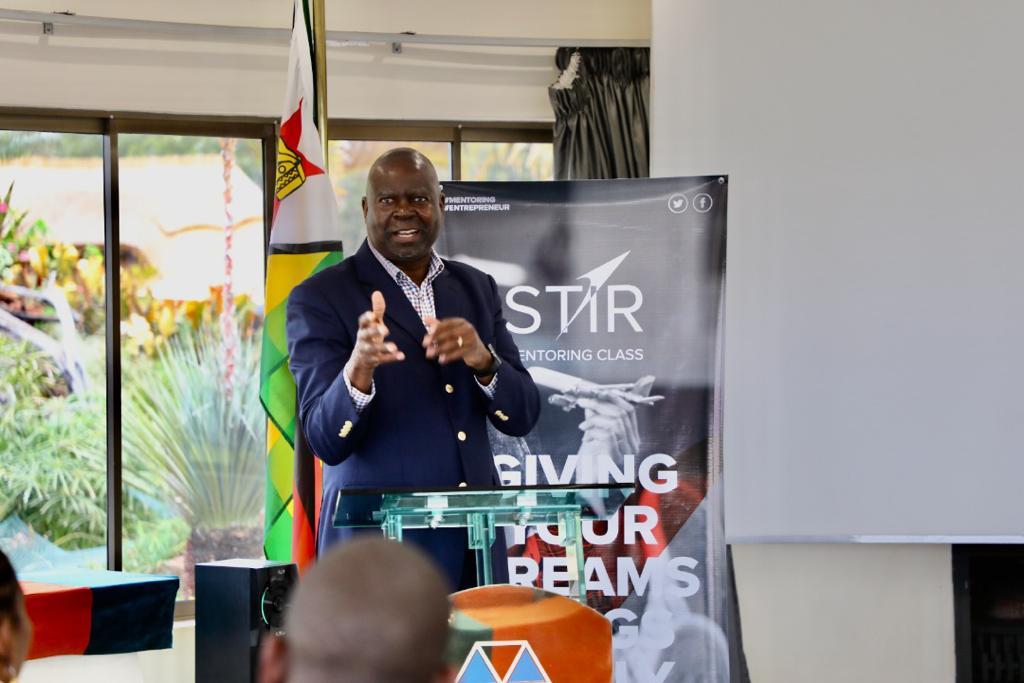
A LAWYER representing Zimbabwe Independent editor Vincent Kahiya and news editor Constantine Chimakure – facing charges of publishing or communicating falsehoods prejudicial to the state – on Tuesday applied for the referral of their case to the Supreme Court for determination on the constitutionality of the provisions of the law they are charged under.
The two journalists are jointly charged with their company, Zimind Publishers pl, represented by finance director Michael Curling.
In the application before Harare magistrate Moses Murendo, defence lawyer Innocent Chagonda said Section 31 of the Criminal Law (Codification and Reform) Act, which attracts a maximum of 20 years in prison, infringed on Section 20 of the Constitution of Zimbabwe, which guarantees freedom of expression.
He said it was important that the country’s highest court decides on the constitutionality of the provisions as it was a matter of public importance.
Chagonda said the section of the law was a hindrance to the practice of journalism and was not necessary in a democracy.
He said the section was “too wide, too oppressive, too savage” as to restrict journalists from exercising their profession.
Chagonda said the Supreme Court should also deal with the question of whether or not the Attorney-General’s Office can be the complainant and prosecutor in the case.
He said such a scenario would infringe on the accused persons’ constitutional right to a fair trial.
- Chamisa under fire over US$120K donation
- Mavhunga puts DeMbare into Chibuku quarterfinals
- Pension funds bet on Cabora Bassa oilfields
- Councils defy govt fire tender directive
Keep Reading
Chagonda said referring the case to the Supreme Court would not in any way prejudice the state.
Harare Area Public Prosecutor Jonathan Murombedzi then sought a postponement of the matter to July 9 to allow the state to submit its written responses in respect of the defence’s application. The postponement was granted.
Charges against Kahiya, Chimakure and Zimind Publishers arose on May 8 when the news editor wrote an article headlined “CIO, police role in activists’ abduction revealed”, stating that notices of indictment for trial in the High Court of human rights and MDC-T activists allegedly abducted between October and December last year had revealed that the activists were either in the custody of the CIO or police during the period they were reported missing.
Below is the full application for referral of the matter to the Supreme Court.
The Accused persons are being jointly charged for contravening Section 31 (a) (iii) of the Criminal Law (Codification and Reform) Act Chapter 9.23. Â
Section 31(a) (3) of the Code provides as follows: “Any person who, whether inside or outside Zimbabwe – publishes or communicates to any person a statement which is wholly or materially false with the intention or realising that there is a real risk or possibility of undermining public confidence in a law enforcement agency, the Prison Service or the Defence Forces of Zimbabwe; shall whether or not the publication or communication results in the consequence referred to in subparagraph (i), (ii), (iii) or(iv)”. . .It is respectfully submitted that the above Section contravenes Section 20 of the Constitution of Zimbabwe which states as follows: “Except with his own consent or by way of parental discipline, no person shall be hindered in the enjoyment of his freedom of expression, that is to say, freedom to hold opinions and to receive and impact ideas and information without interference, and freedom from interference with his correspondents.”
It is respectfully submitted that Section 31 of the Code is not saved by Section 20(2) of the Constitution. Â To the extent that Section 31 of the Code is inconsistent or restricts Section 20 of the Constitution of Zimbabwe, Section 31 of the Code should be declared void in terms of Section 3 of the Constitution and should therefore be struck down.
This application is in terms of Section 24(2) which states as follows: “In any proceedings in the High Court or in any court subordinate to the High Court if any question arises as to the contravention of the Declaration of Rights, the person presiding in that court may, and if so requested by any party to the proceedings shall, refer the question to the Supreme Court, unless, in his opinion, the raising of the question is merely frivolous or vexatious.”
As will be demonstrated herein below, it is respectfully submitted that this application is not frivolous or vexatious. On the contrary, it is submitted that the chances of the Supreme Court finding Section 31 of the Code unconstitutional are very high. Furthermore and in any event, it is respectfully submitted that the constitutionality of Section 31 is a matter of great public importance with significant implications for the freedom of the press and freedom of expression generally and therefore it is quite appropriate for this court to refer this matter to the Supreme Court.
The type of the offence created by Section 31 is generally known as the false news offence. In the case of Chavunduka and Another v The Minister of Home Affairs and Another 2000(1) ZLR p552, Gubbay CJ gave a detailed analysis of the origin of Section 50(2) of the then Law and Order (Maintenance) Act which provided as follows:
“(1)Â Â Â ‘Statement’ includes any writing, printing, picture, painting drawing or other similar representation;(2) Any person who makes, publishes or reproduces any false statement, rumour or report which(a) is likely to cause fear, alarm or despondency among the public or any section of the public; or(b) is likely to disturb the public peace;
Shall be guilty of an offence and liable to imprisonment for a period not exceeding seven years, unless he satisfies the court that before making, publishing or reproducing, as the case may be, the statement, rumour or report he took reasonable measures to verify the accuracy thereof.”
It is respectfully submitted that the publication in the matter in casu is clearly protected by Section 20(1) of the Constitution. The importance of freedom of expression to the Zimbabwean democracy had been repeatedly underscored in various cases. See United Parties v the Minister of Justice & Another 1999 (2) ZLR p254. In the case of Chavunduka and Another v The Minister of Home Affairs supra, the court emphasised that freedom of expression has four broad special objectives to save;
lIt helps an individual to obtain self-fulfilment;lIt assists in the discovery of the truth and in promoting political and social participation;lIt strengthens the capacity of an individual to particulate in decision-making and;lIt provides a mechanism by which it will be possible to establish a reasonable balance between stability and social change.
It is therefore clear that the publication in this matter is clearly protected by Section 20(1) of the Constitution and that Section 31 of the Code restricts this form of expression is clearly common cause. It is submitted that the reality of being liable to a criminal conviction and imprisonment for a period not exceeding 20 years results very definitely in the curtailment of free expression.
 The next issue that needs to be debated and settled is whether the limitations which Section 31 of the Code imposes on the right of free expression is saved by Section 22(2) of the Constitution. In the Case of Chavunduka & Other v The Minister of Home Affairs & Another supra, the Supreme Court examined Section 50 of the then Law and Order (Maintenance) Act under the following headings:lAre the limitations authorised by law;
lDoes Section 50(2)(a) makes provisions in the interest of public safety or public Order and;lIs the limitation upon the freedom of expression mandated under Section 50(2)(a) of the Act reasonably justifiable in a democratic society”?
After making the analysis, the Supreme Court found that Section 50(2) of the then Law and Order (Maintenance) Act was not saved by Section 20(2) of the Constitution and was therefore declared void. It is respectfully submitted that there is absolutely no difference between the present Section 31 of the Code and the then Section 50(2) of the then Law and Order (Maintenance) Act. For the avoidance of the doubt, Section 31 of the Code will be examined under the following headings detailed below:lIs the limitation authorised by law?
In the Chavunduka case, the Supreme Court had this to say: “It is crucial, therefore that the law must be accessible and formulated with sufficient precision to enable a person to regulate his conduct, he or she must know, with reasonable certainty, what the law is and what actions are in danger of breaching the law… a provision will be too vague if it fails to provide a foundation for legal debate and discussion”.
The Supreme Court went on to criticise the then Section 50(2) (a) of the Act at page 562 as follows: “It is obvious that the provisions do not criminalise false statements: nor false statements which actually cause fear, alarm or despondency. It criminalises false statements which are likely to cause fear, alarm or despondency.Â
There is no requirement of proof of any consequence – of damage to the state or impact upon the public. What the lawmaker has provided for is a speculative offence. An offence has been created out of conjectural likelihood of fear, alarm or despondency which may arise out of the publication of any statement, rumour or report even to a single person. It matters not that no fear, alarm or despondency actually eventuates.”
It is submitted that the same criticism can be said of Section 31. The section criminalises the person who not only intends the prescribed consequences to occur but who should realise the real risk or likelihood of the risk prescribed happening irrespective of whether such risk leads to the prescribed consequences or not. It is concerned with risks and therefore what the lawmaker has provided for is clearly a speculative offence.
In the Chavunduka case, the Court went on to state as follows: “Because Section 50(2) (a) is concerned with likelihood rather than reality and since the passage of time between the dates of publication and trial is irrelevant, it is, to my mind, vague, being susceptible of too wide an interpretation. It presses persons in doubt as to what can lawfully be done and what cannot. As a result, it exerts an unacceptable “chilling effect” on freedom of expression since people will tend to steer clear of the potential zone of application to avoid censor and liability to a maximum period of seven years imprisonment.”
The same can be said of Section 31. In fact, the chilling effect of Section 31 is more than twice what was provided for under the then Section 50(2). The chilling effect is 20 years imprisonment as opposed to only seven. Â
In the Chavunduka case, the Court also dealt with the word “false” and it found that it was very wide. The inevitable conclusion is clearly that the provision of the section in question is uncertain in the generality of the discretion conferred upon the Attorney-General as to whether to prosecute or not and in its use of language insufficiently precise to demonstrate the area of risk and provide guidance of conduct to persons of average intelligence.
It is also submitted that the limitation upon freedom of expression mandated under Section 31 of the Code is not reasonably justified in a democratic society. See Nyambirai NSSA & Another 1985 (2) ZLR P1 and see also Chavunduka & Other v The Minister of Home Affairs & Another.
In State v Tsvangirai 2001 (2) ZLR 426 the court dealt with provisions of Section 51 and 58 of the then Law and Order (Maintenance) Act. The Supreme Court dealt with similar wordings to the current Section 31 of the Code and made the same criticism.
From the foregoing it is submitted that the chances of the Supreme Court finding Section 31 of the Code unconstitutional are very high.
This court has in the past and very recently for that matter referred matters of this nature to the Supreme Court in the form of Section 24(2) of the Supreme Court. It is submitted that there is no prejudice that will be visited to the state if the matter is referred to the Supreme Court. Â
On the other hand it would be prejudicial to the accused persons if this case is not referred to the Supreme Court. The risk of being tried on a charge which may be unconstitutional and which has a lengthy imprisonment term is clearly prejudicial. – Staff Writer.











